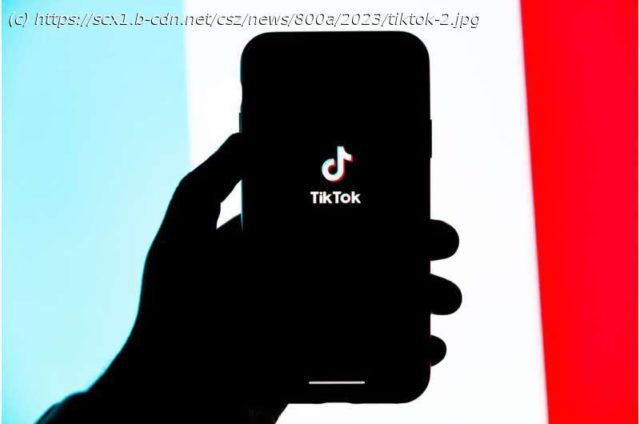TikTok’s swift ascension to the upper echelons of social media is often attributed to its recommendation algorithm, which predicts viewer preferences so acutely it’s spawned a maxim: „The TikTok algorithm knows me better .
TikTok’s swift ascension to the upper echelons of social media is often attributed to its recommendation algorithm, which predicts viewer preferences so acutely it’s spawned a maxim: „The TikTok algorithm knows me better than I know myself.“ The platform’s success was so pronounced that it has seemed to spur other social media platforms to shift their designs. When users scroll through X or Instagram, they now see more recommended posts from accounts they don’t follow.
Yet for all that influence, the public knows little about how TikTok’s algorithm functions. So Franziska Roesner, a University of Washington associate professor in the Paul G. Allen School of Computer Science & Engineering, set about researching both how that algorithm is personalized and how TikTok users engage with the platform based on those recommendations.
Roesner and collaborators will present two papers this May that mine real-world data to help understand the „black box“ of TikTok’s recommendation algorithm and its impact.
Researchers first recruited 347 TikTok users, who downloaded their data from the app and donated 9.2 million video recommendations. Using that data, the team initially looked at how TikTok personalized its recommendations. In the first 1,000 videos TikTok showed users, the team found that a third to half of the videos were shown based on TikTok’s predictions of what those users like. The researchers will publish the first paper on May 13 in the Proceedings of the ACM Web Conference 2024.
The second study, which the team will present on May 14 at the ACM CHI Conference on Human Factors in Computing Systems in Honolulu, explored engagement trends. Researchers discovered that over the users‘ first 120 days, average daily time on the platform increased from about 29 minutes on the first day to 50 minutes on the last.
UW News spoke with Roesner about how TikTok recommends videos; the impact that has on users; and the ways tech companies, regulators and the public might mitigate unwanted effects.What is it important for us to understand about how TikTok’s algorithm functions?
TikTok users often have questions like: „Why was I shown this content? What does TikTok know about me? How is it using what it knows about me? And is it?“ So we looked at what TikTok shows people and by what criteria. If we better understand how the algorithm functions, then we can ask whether we like how it works.
For example, if the algorithm is exploiting people’s weaknesses around certain types of content, if it predicts that I’m more likely to be susceptible to a certain type of misinformation, it could be pushing me down certain rabbit holes that might be dangerous to me. Maybe they mislead me, or they exacerbate mental health challenges or eating disorders. The algorithm is such a black box, to the public and to regulators.
Start
United States
USA — software Q&A: How TikTok's 'black box' algorithm and design shape user behavior






